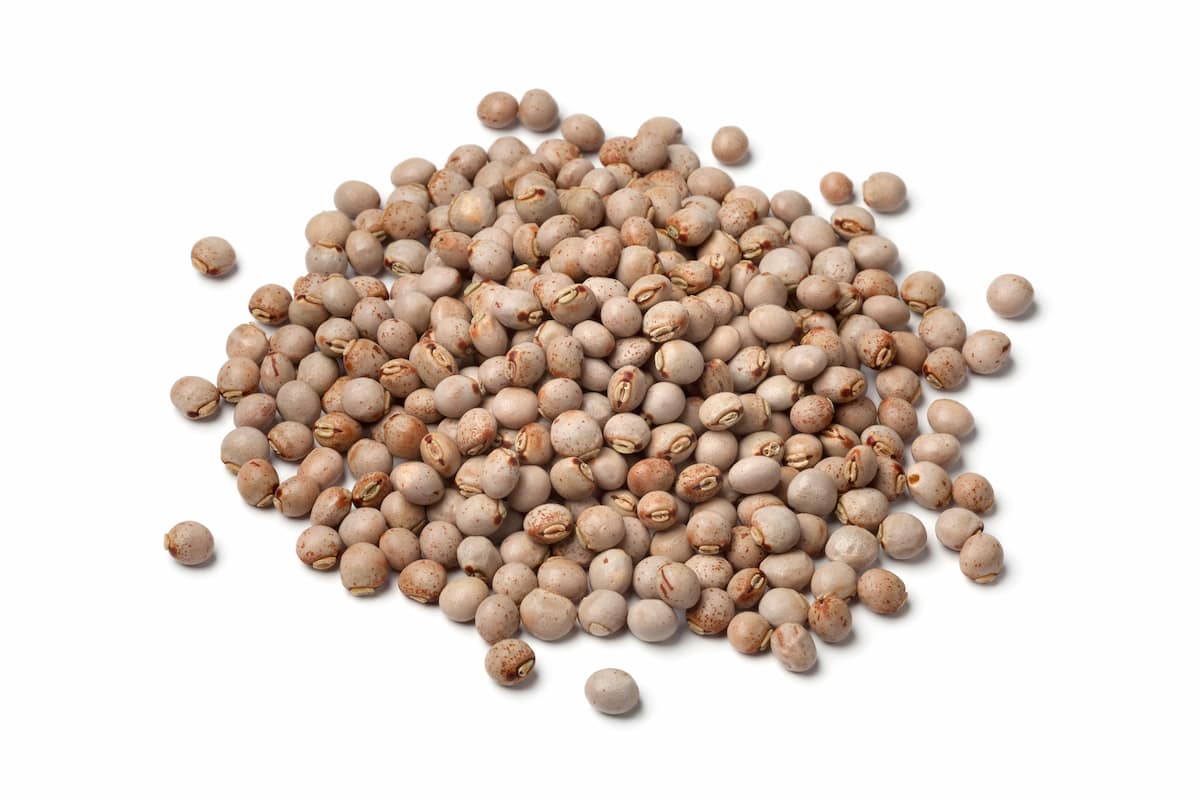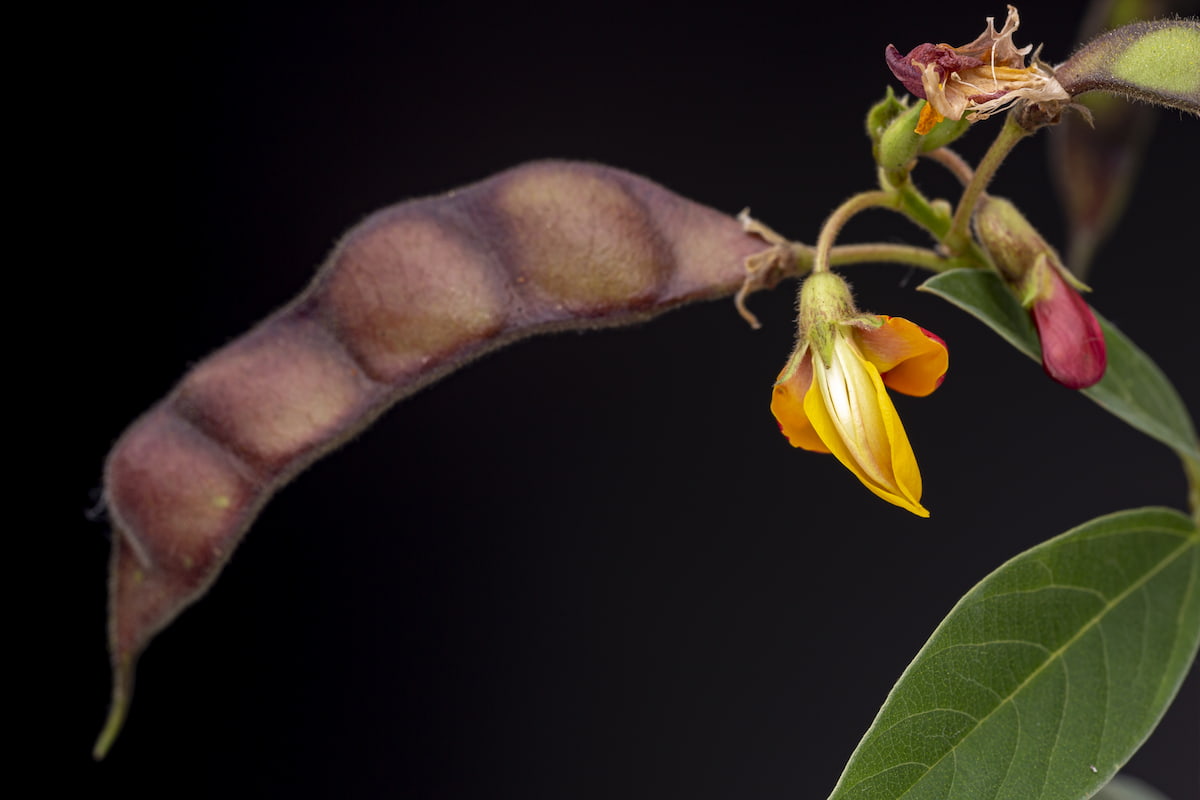The pigeon pea/Arhar/Tur is a commonly grown crop for human consumption and animal feed in India. Soil types and climatic circumstances make small-scale farmers in India like it. The crop is a significant source of nutrition for many people in India because it is high in protein, fiber, and other necessary nutrients. Since it can be preserved for a long time and offers a valuable supply of protein and other nutrients, it is also a crucial crop for food security.

However, red gram cultivation can be difficult, requiring meticulous maintenance and attention to detail. To produce a profitable crop, farmers must carefully choose the right seeds, apply the right quantity of fertilizer and pesticides, and effectively manage irrigation and harvesting. Farmers must also be informed about price and market trends to maintain profitability.
Red gram farming has the potential to be a successful and long-lasting business for Indian small-scale farmers.
1 Acre Red Gram Cultivation Project Report in India
Market and Demand for Red Gram Cultivation Project
It is a staple meal in many nation regions, especially southern states. Sambar, rasam, and dal are just a few of the dishes used. It is also utilized in the animal feed business as a source of protein and other crucial nutrients. India is the largest producer and consumer, about 75% of the world’s red gram production. The Ministry of Agriculture and Farmers’ Welfare reports that India produced 77.67 lakh tonnes of red gram in 2020–21, a decline from the 79.83 lakh tonnes produced the year before.
Maharashtra, Karnataka, Andhra Pradesh, Telangana, and Madhya Pradesh are India’s main red gram-producing states, accounting for over 80% of the nation’s total production. The crop is primarily grown in India during the kharif (June to September) and rabi (October to January) seasons. The harvest season, which usually lasts from January to April, is when there is the greatest demand for red gram.
Red gram is oversupplied in the market, which temporarily lowers costs. The demand for premium red gram is still substantial year-round, especially from animal feed and food processing producers. Weather, quantity and demand, and governmental policies are just a few variables that affect red gram’s price.
Best Red Gram High Yielding Varieties Cultivation
Longer-duration crops can take up to 240–300 days to develop compared to shorter-duration crops, which take about 130–180 days.
- Popular hybrid Red gram types include ICPH 8, COH-1, COH-2, and PPH 4
- The best rabi crops have a short growing season; the most popular types are BDN-1, CO-3, Prabhat, Pusa Ageti, Pusa 74, and Pusa 84.
- In some areas, medium-duration types like Laxmi and Mukta are also grown. There are also late-maturing types like Bahar and Gwalior-3.
Red gram cultivation requires careful variety selection because it can affect crop output and quality. Farmers should consider elements like the environment, maturity time, and market demand when choosing a variety for cultivation. Farmers can increase yields and profitability by using appropriate selection and cultivation techniques.
In case you missed it: 1 Acre Oil Palms Cultivation Project Report in India: Production Cost and Profit

Cost of Cultivation for 1-Acre Red Gram Cultivation in India
- Human labor costs around Rs. 3500-4000, covering expenses for sowing, weeding, and harvesting.
- Land preparation cost covers plowing, leveling, and other sowing preparation costs, which can cost around Rs. 2800–3400 depending on the soil and tools used.
- High-quality Red Gram seeds cost around Rs. 1000-1300 per acre.
- Fertilizer and manure cost covers buying and applying fertilizers and manure to the soil for Red Gram growth.
- Depending on soil quality and fertilizer, an acre can cost around Rs. 2700–3300.
- Insecticides or other plant protection methods cost around Rs. 1500-1900 per acre, depending on pest infestation and security methods.
- Harvesting and other expenses involve crop harvesting, transportation, and storage, costing around Rs. 2600-3400 per acre, depending on the gathering method and market distance.
- The total cost of cultivation for 1-acre Red Gram cultivation in India is around Rs. 17,000 to 20,000.
Total Returns from 1-Acre Red Gram
Red gram is a popular and widely consumed crop in India and other parts of the world. The average yield of one acre of Red gram cultivation is around 8-10 quintals of grains. The current market prices range from 7400 to 7600 INR per quintal for whole grains.
The total returns from one acre of Red gram cultivation can be estimated at around 59,200 to 76,000 INR. However, it is important to note that market prices are varied based on supply and demand, weather conditions, and government policies. It’s essential to remember that supply and demand, climate, and government policies all play a role in determining market prices.
Net Profit from 1-Acre Red Gram
The net profit from growing Red gram on an acre of land is estimated by subtracting the crop’s cost from the total returns. Red gram yields between Rs. 59,200 and Rs. 76,000 per acre. One acre of land will set you back between Rs. 17,000 and 20,000 in total cultivation costs.
This means the expected net profit from growing Red gram on an acre of land is between Rs. 39,200 and Rs. Although this is a good approximation, market fluctuations, weather, and input costs could all affect the actual profit. The crops and reduce losses, farmers need to plan and manage their cultivation practices meticulously.
In case you missed it: 1 Acre Tea Cultivation Project Report in India: Production Cost and Profit

Conclusion
Red gram cultivation on one acre of land in India requires an investment of Rs. 17,000-20,000, while the expected returns are around Rs. 59,200-76,000. This results in a net profit of around Rs. 39,200-56,000. However, market conditions, weather, and input costs may all impact actual profits. Therefore, farmers must manage their cultivation practices carefully to maximize profits and minimize losses.
- Feed Your Flock for Less: Top 10 Tips to Save on Chicken Feed
- Ultimate Guide to Ossabaw Island Hog: Breeding, Raising, Diet, and Care
- Hatching Answers: The Top 10 Reasons Your Chickens Aren’t Laying Eggs
- Eggs and Economics: Breaking Down the Cost of Raising Backyard Chickens
- Defend Your Greens: Proven Methods to Keep Iguanas Out of Your Garden
- Ultimate Guide to Cinnamon Queen Chicken: A Comprehensive Guide for Beginners
- Ultimate Guide to California Tan Chicken: Breeding, Raising, Diet, Egg-Production and Care
- Ultimate Guide to Marsh Daisy Chicken: Breeding, Raising, Diet, and Care
- 10 Types of Chicken Farming Businesses You Can Start for Profits